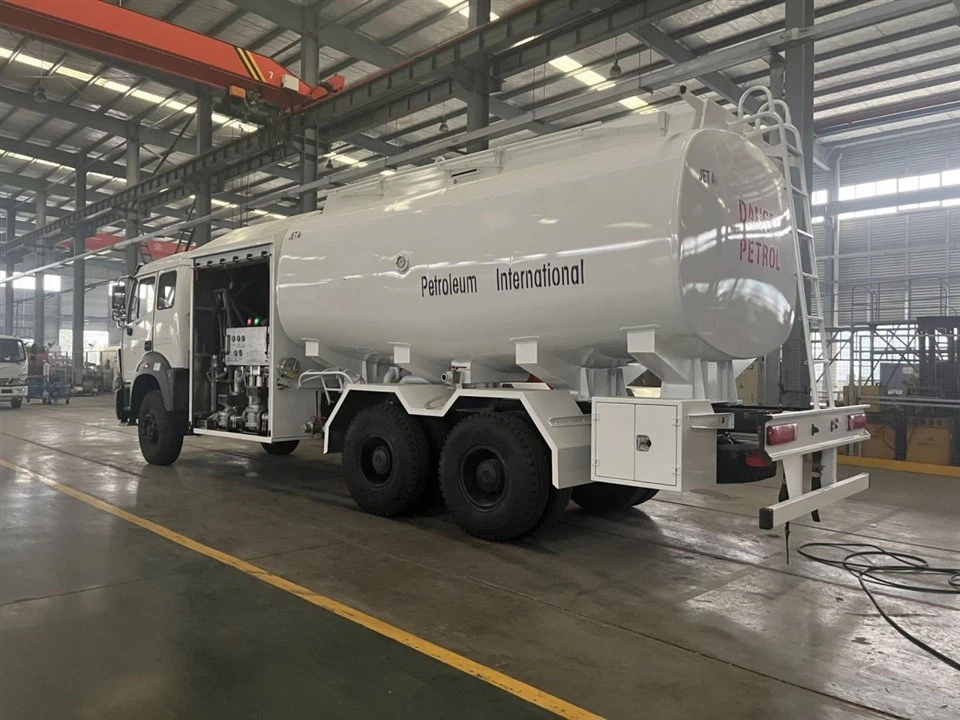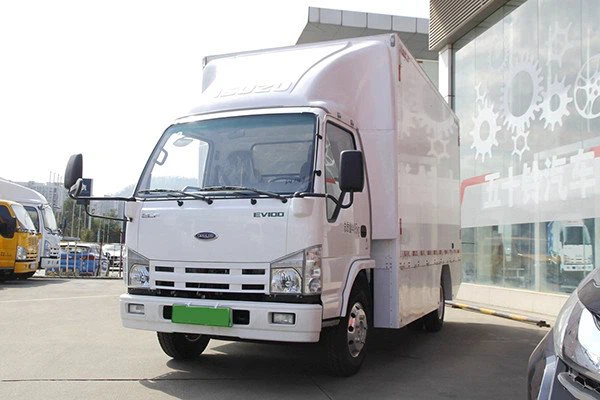How Many Gallons in a Semi Tanker? A Comprehensive Guide

Understanding the capacity of a semi tanker is essential for both businesses in logistics and everyday individuals. Knowing how many gallons a semi tanker can hold plays a crucial role in transportation, fuel efficiency, and costs. This article delves into everything you need to know about semi tanker capacities, calculations, environmental impacts, and common questions surrounding this topic.
What is a Semi Tanker?
A semi tanker, often referred to as a tank trailer, is a vehicle designed to transport liquids, gases, and other bulk materials. These trailers can be attached to various truck types to move cargo safely and efficiently. Semi tankers are used for transporting a wide range of products, including fuel, chemicals, and even food items like milk and juice.
How Many Gallons Does a Semi Tanker Hold?
Standard Capacities of Semi Tankers
The number of gallons in a semi tanker can significantly vary based on its design and purpose. Generally, here’s a breakdown of standard tanker capacities:
- Standard fuel tankers: 6,000 to 11,600 gallons
- Chemical tankers: 2,500 to 7,000 gallons
- Food product tankers: 5,000 to 10,000 gallons
Common Types of Semi Tankers
Different kinds of semi tankers exist, each with specific designs tailored to the materials they carry. Understanding these types can help you grasp their gallon capacities.
1. Fuel Tankers
Fuel tankers are one of the most recognizable types, designed specifically for the transportation of gasoline, diesel, and other fuel Types. They typically range from 5,000 to 11,600 gallons.
2. Chemical Tankers
These are specially built to carry hazardous or non-hazardous chemicals. They usually have a capacity ranging from 2,500 to 7,000 gallons, depending on the material’s specific gravity and regulatory requirements.
3. Food Product Tankers
Food-grade tankers are used for transporting products like milk, juice, and other consumables. Their capacities typically range from 5,000 to 10,000 gallons, depending on the specific requirements of the product.
Factors Influencing Tanker Capacity
1. Design and Purpose
Each tanker is designed for specific purposes, and its construction affects its total capacity. For example, a fuel tanker will have a different configuration from a food-grade tanker, impacting how much liquid can be stored.
2. Regulations
Transportation regulations play a critical role in determining the maximum capacity a tanker can hold. Compliance with safety standards set by environmental and governmental agencies often limits this capacity.
3. Vehicle Limitations
The type of truck pulling the semi tanker also influences how much can be carried. Weight distribution, tire ratings, and trailer design must all be considered to avoid overloading.
Calculating Tanker Volume
Understanding the Measurements
The volume of a semi tanker can be calculated using basic geometry, but knowing the standard gallon conversions is essential.
Gallons to Liters Conversion

| Gallons | Liters |
|---|---|
| 1 | 3.785 |
| 10 | 37.85 |
| 100 | 378.5 |
| 1,000 | 3,785 |
Formula for Tanker Volume
The volume of a cylindrical tanker can be calculated with the formula:
Volume = π × r² × h
Where:
- r = Radius of the tanker
- h = Height of the tanker
Practical Examples
Example 1: Fuel Tanker
A typical fuel tanker with a diameter of 8 feet (2.43 meters) and a height of 30 feet (9.14 meters) would have the following calculations:
- Radius (r) = Diameter/2 = 4 ft
- Height (h) = 30 ft
- Volume = π × (4 ft)² × (30 ft) ≈ 603.19 ft³
- Convert to gallons: 603.19 ft³ × 7.48 gallons/ft³ ≈ 4,507 gallons
Example 2: Chemical Tanker
A chemical tanker with a diameter of 7 feet (2.13 meters) and a height of 25 feet (7.62 meters) would have a different capacity:
- Radius (r) = 3.5 ft
- Height (h) = 25 ft
- Volume = π × (3.5 ft)² × (25 ft) ≈ 183.54 ft³
- Convert to gallons: 183.54 ft³ × 7.48 gallons/ft³ ≈ 1,375 gallons
Impact on Environment and Safety
Environmental Considerations
The transportation of liquids poses environmental risks, especially when hazardous materials are involved. Spills or leaks during transport can lead to severe ecological damage. Regulations minimize these risks through strict guidelines.
Safety Measures
Understanding the capacity of semi tankers is vital for ensuring safe transport practices. Proper training for drivers and compliance with industry regulations are essential to prevent accidents and increases in operational costs.
Tips for Managing Semi Tanker Logistics
1. Regular Maintenance
Ensure your semi tankers are well-maintained to avoid breakdowns and accidents. Regular inspections, cleaning, and repairs are crucial.

2. Proper Training
Training drivers in the specific requirements for hauling different types of liquids can drastically reduce accidents and spills. Ensure that they understand the operational limits of the vehicles.
3. Environmental Compliance
Stay updated on regulations related to transporting liquids. Ensuring compliance protects both the environment and your business from hefty fines.
FAQs About Semi Tankers
1. How many gallons can a standard fuel semi tanker hold?
A standard fuel semi tanker can hold between 6,000 to 11,600 gallons.
2. Are there regulations on tanker capacities?
Yes, there are strict regulations that govern the maximum capacities for different types of semi tankers based on what they are transporting.
3. What types of products can be transported in a semi tanker?
Semi tankers can transport a variety of products, including fuels, chemicals, and food liquids like milk and juices.
4. How is the volume of a semi tanker calculated?

The volume can be calculated using the formula: Volume = π × r² × h, where r is the radius and h is the height of the tanker.
5. Can semi tankers be used for transporting hazardous materials?
Yes, but they must comply with strict regulations to ensure safe transport of hazardous materials.
6. What are the safety measures for semi tankers?
Key safety measures include regular maintenance, driver training, and compliance with environmental regulations.
